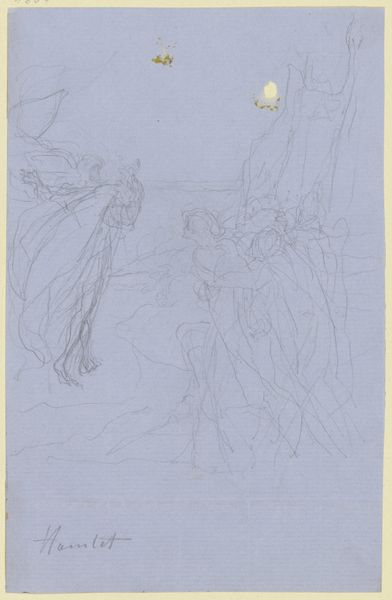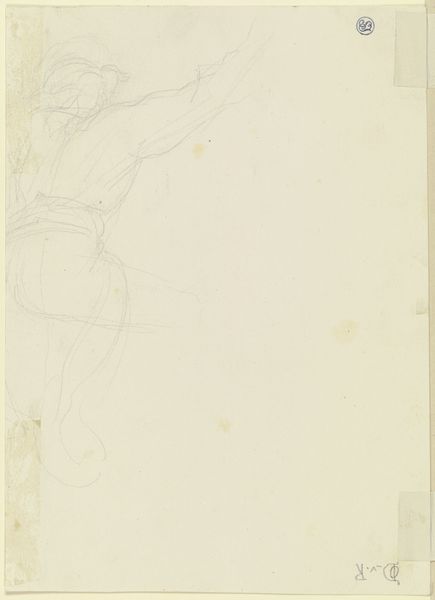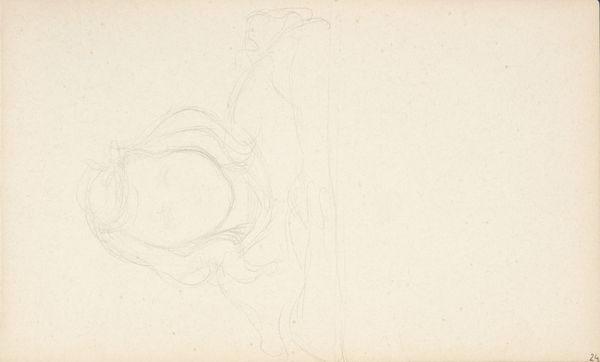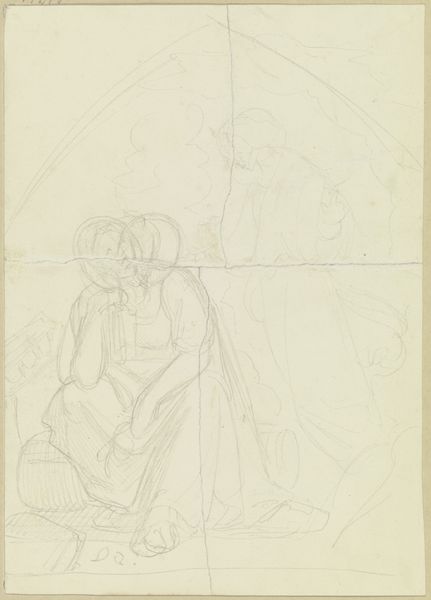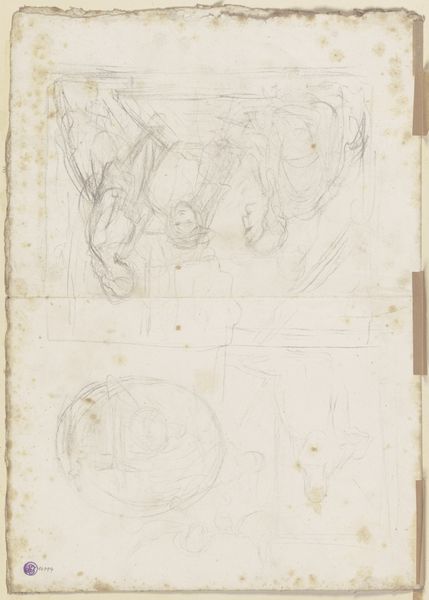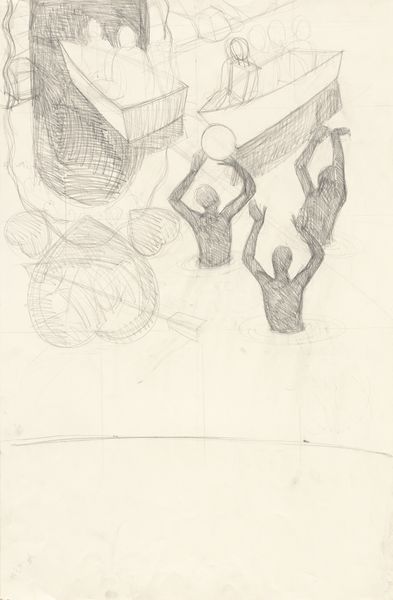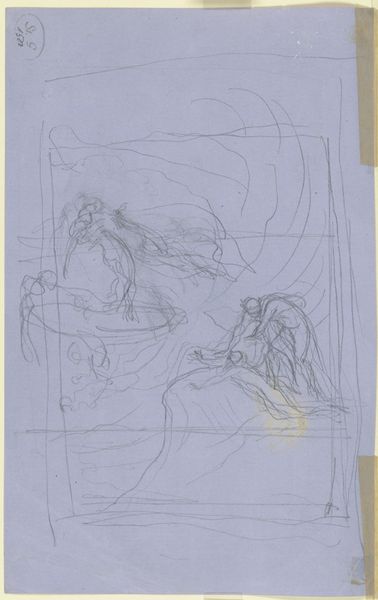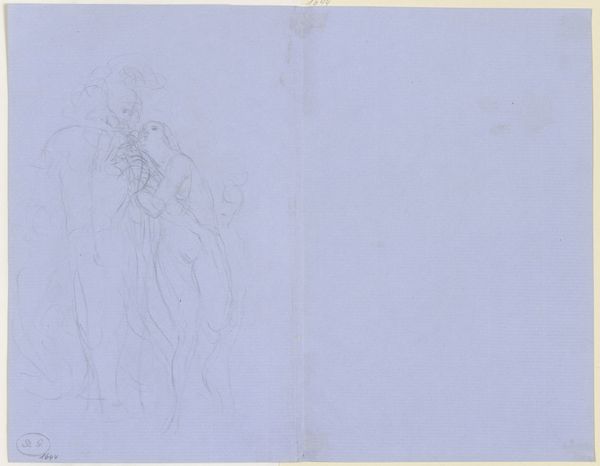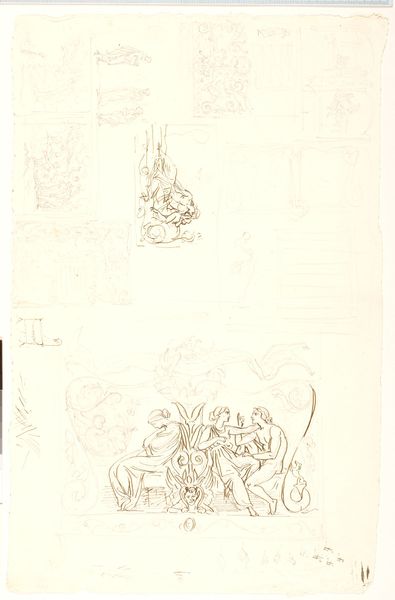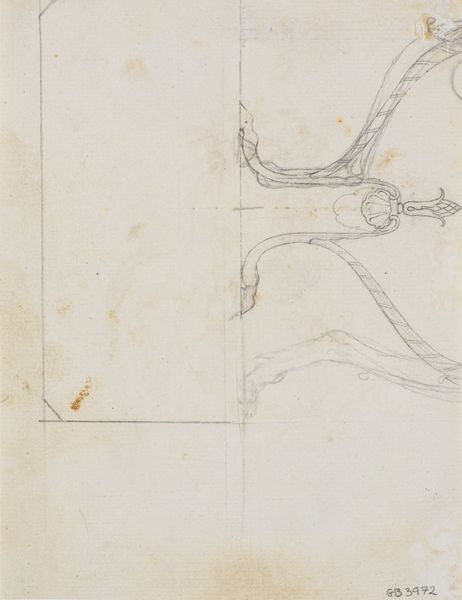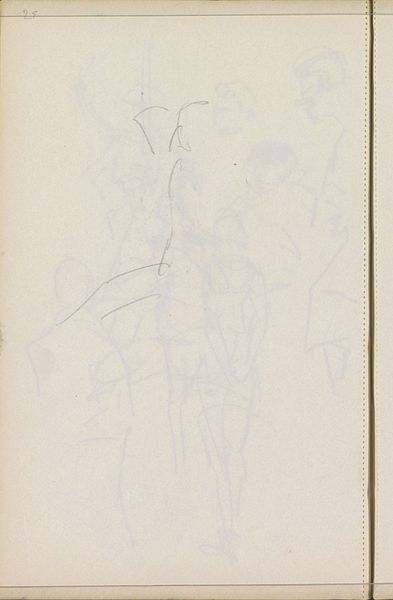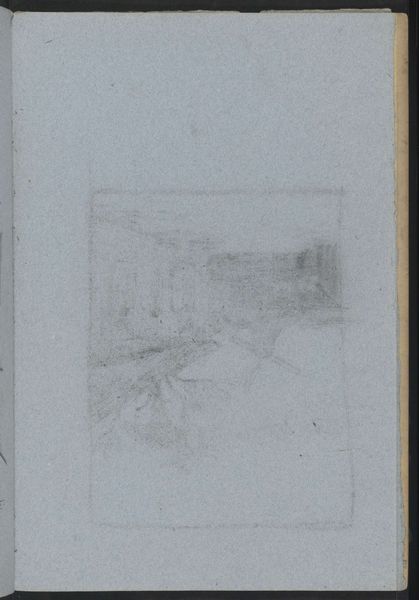
Schets voor het Titelblad: Van den Vos Reinaerde, De bijeenkomst der dieren voor Koning Nobel 1866 - 1939
0:00
0:00
drawing, paper, pencil
#
drawing
#
figuration
#
paper
#
pencil
#
line
Dimensions: height 338 mm, width 248 mm
Copyright: Rijks Museum: Open Domain
Editor: This is "Schets voor het Titelblad: Van den Vos Reinaerde, De bijeenkomst der dieren voor Koning Nobel," a pencil and paper drawing by Bernard Willem Wierink, dating from 1866 to 1939. It looks like a preliminary sketch for a book illustration, full of animals in some sort of courtly setting. What's your take on it? Curator: This preliminary drawing is fascinating, especially considering its subject: the Reynard cycle. How does it echo, or perhaps critique, the themes of power, justice, and societal hierarchy present in that medieval story? Do you see hints of the animal fable genre being used to comment on the political landscape of Wierink's time? Editor: I didn't really consider that. I suppose I saw it as just an illustration. It's interesting to think about it engaging with the medieval story in a modern context, though. Curator: Exactly! Notice the artist's process of blocking out space and mapping out shapes. The grid-like structure speaks to rationalizing the animal world through design. What might that suggest about humankind’s impulse to organize the "natural" world through systems of control? Does it reflect or resist that impulse? Editor: I see the grid now. Maybe it's trying to frame the chaos of the animal gathering. So, do you think Wierink is making a statement about power and control using animal characters? Curator: Precisely! Consider how the seemingly innocent, almost quaint depiction masks underlying anxieties regarding societal power structures and perhaps even humanity’s relationship with nature itself. And look closer. The animals gathering - who has power, and who is submissive? How can that reveal things about our social structures today? Editor: That's a lot more than I initially saw in a quick sketch. Now, I see it as a critical mirror reflecting societal hierarchies. Thanks for making me think more critically about its underlying themes. Curator: My pleasure! Always remember to look beyond the surface of things; the art always communicates more about us.
Comments
No comments
Be the first to comment and join the conversation on the ultimate creative platform.

